Introduction
The Sony E 11mm F1.8 is a very compact, lightweight and fast ultra-wide-angle prime lens for Sony’s range of Alpha branded APS-C cropped-sensor mirrorless cameras.
It offers a 16.5mm equivalent focal length in 35mm full-frame terms, making it ideal for handheld vlogging, landscape, interior and architecture photography.
This E-mount lens has a maximum aperture of f/1.8, fast and quiet auto focusing thanks to the dual Linear Motor system, and a customizable focus hold button.
The optical formula is comprised of 12 elements arranged in 11 groups, including three ED glass elements to subdue chromatic aberrations and three aspherical elements to suppress distortion and aberrations.
Other highlights include a minimum focusing distance of 12cm and a maximum magnification of 0.20x, a fluorine coating applied to the front element to resist dust, oils, and fingerprints, and a dust- and moisture-resistant design.
The Sony E 11mm F1.8 lens is priced at £500 in the UK and $550 in the US. It was launched in June 2022 and is manufactured in China.
Ease of Use
The Sony E 11mm F1.8 is a fully weather-sealed, ultra-wide-angle prime lens with a dedicated Sony E mount that is made of metal. Communication between lens and camera body is provided through 10 electrical contacts.
Note however that in order to take full advantage of the weatherproofing, you will need to mount it on a similarly weather-sealed body, unlike the Sony ZV-E10 camera that we tested it with.
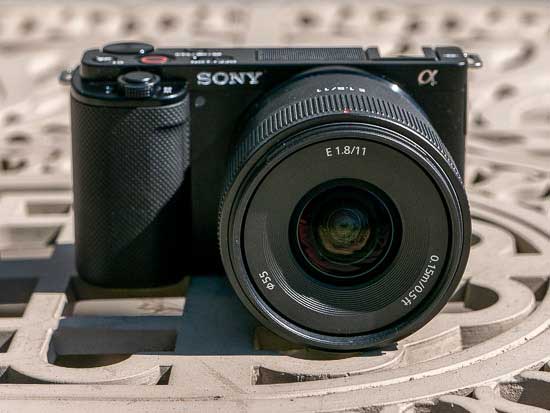
The weather-proofing inspires confidence that the lens will survive all kinds of inclement conditions.
Considering how small and light it is, the E 11mm F1.8 lens is quite well built, although it’s not quite on a par with the company’s more expensive G-branded lenses.
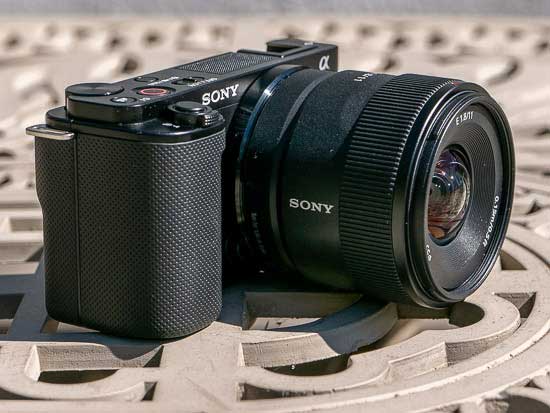
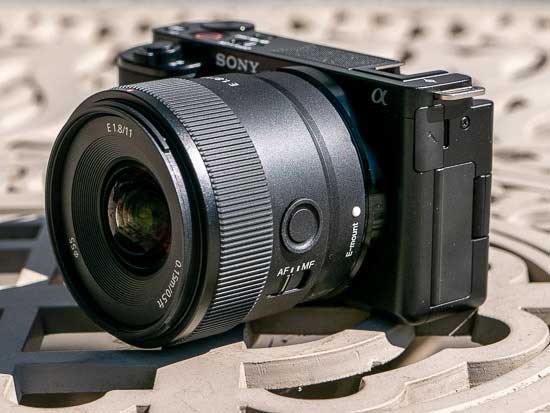
Tipping the scales at just 181 g (6.4 oz.) and measuring 66 x 57.5 mm (2-5/8 x 2-3/8 in.) in diameter and length, the Sony E 11mm F1.8 is a very compact and lightweight ultra-wide-angle prime lens that you can carry around all day without noticing.
The Sony ZV-E10 used for this test proved to be a good match for the lens, offering very pleasing balance and fast and near-silent auto-focusing.
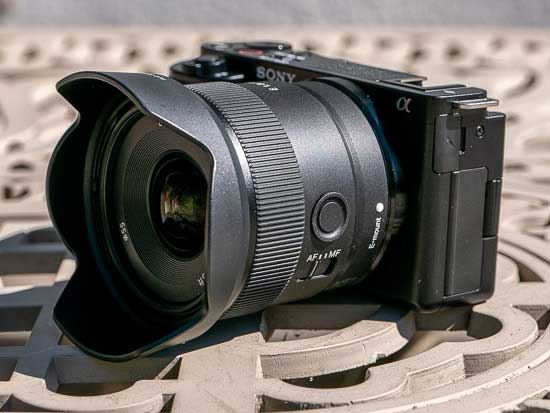
The E 11mm F1.8 prime’s main external control is the adequately sized focus ring.
You can quickly and easily use the focus mode switch to toggle the function of the lens between AF and MF.
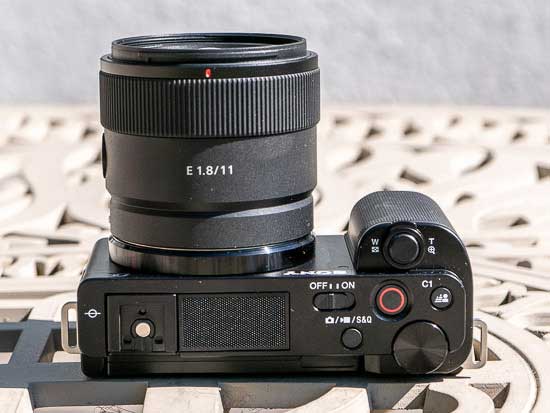
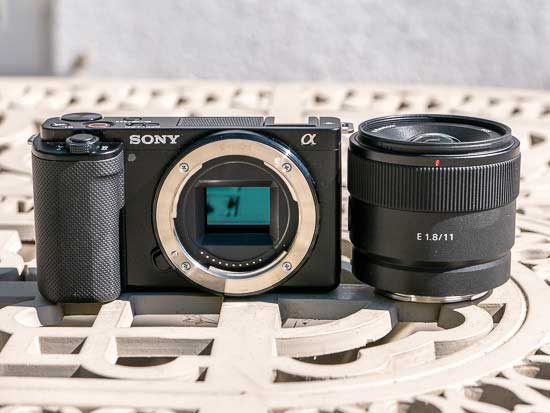
Manual focusing is done in a traditional fashion, with the focus ring electronically coupled to the moving lens elements and operating with linear-response, although there are no hard stops at either end. Focusing is fully internal and the 55mm filter thread does not rotate on focus.
With the E 11mm F1.8 lens attached to a Sony ZV-E10 body, focusing proved to be satisfyingly quick in most situations thanks to the Linear Motor system which uses two separate motors.
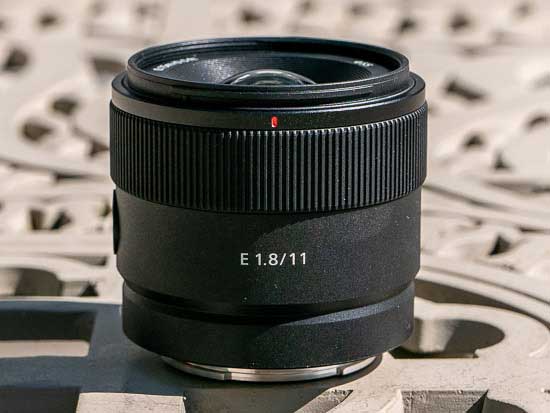
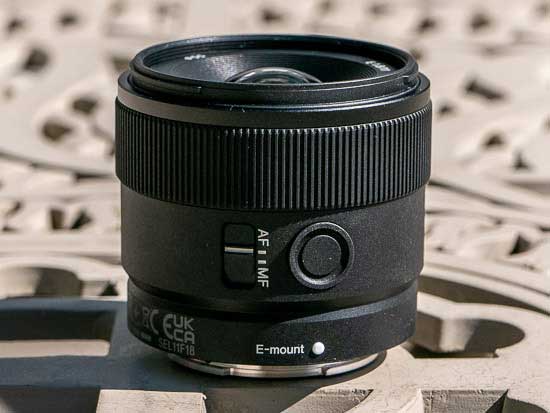
This combination is capable of locking focus on a subject almost instantly, even when alternating between close and faraway subjects, and it’s virtually silent too.
In extreme low-light situations you may experience a little focus hunting at the long end, although using the fast f/1.8 maximum aperture largely helps to avoid this.
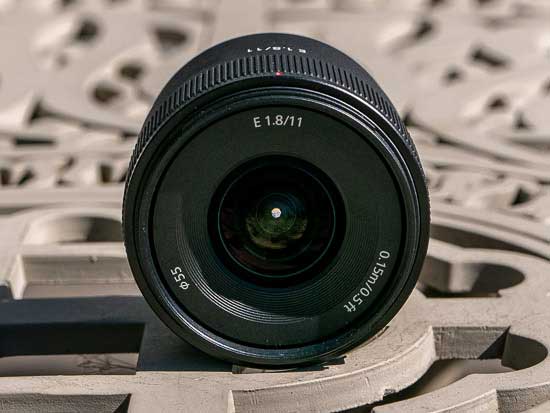
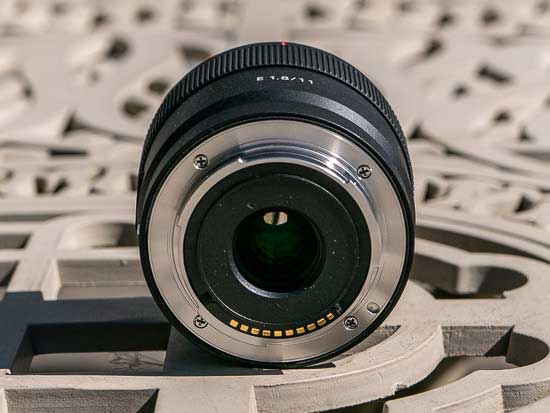
This lens does not feature built-in image stabilisation, instead relying on the camera body to supply it, which will prove frustrating for owners of Alpha camera bodies without IBIS, again like the ZV-E10 that Sony sent us for testing.
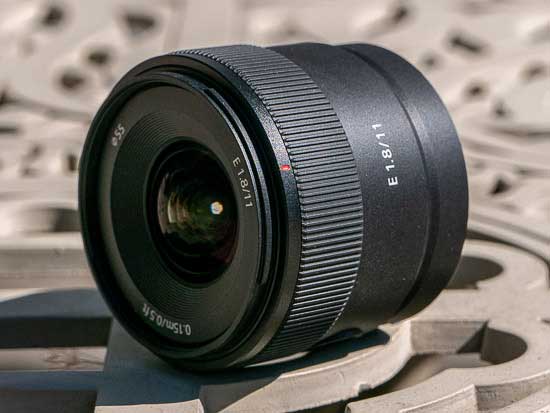
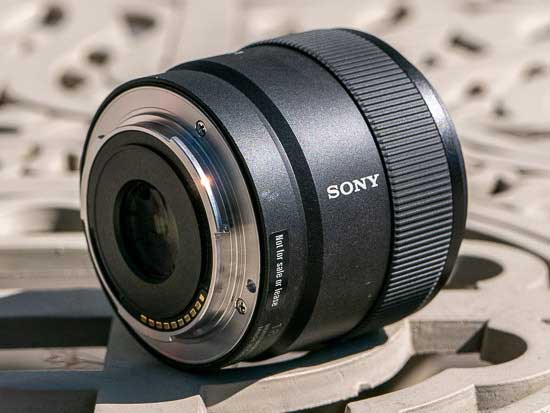
The lens has a customisable focus hold button which keeps the lens locked to the current focusing distance, useful if you’re auto-focusing and don’t want the lens to try and find focus again. It can also, amongst other things, be usefully set to Eye AF.
Included in the box is a slim petal-shaped lens hood (ALC-SH170), which is easy to attach to the lens – simply line up the red line with the red marking on the lens and twist into place until it clicks. You can also reverse the lens hood for reducing the overall size when transporting the lens. This lens accepts 55mm front filters.
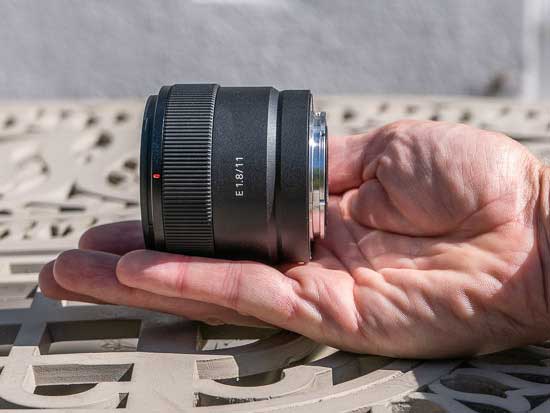
Focal Range
The 15mm focal length provides an angle of view of 104 degrees.
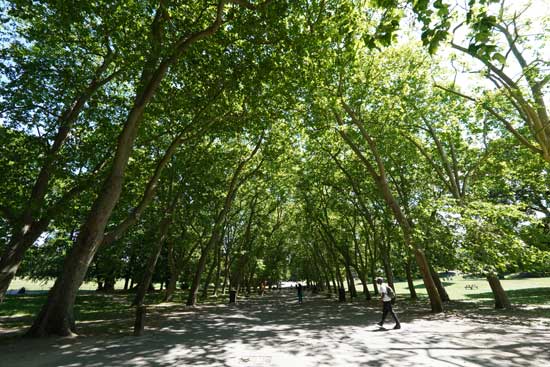
Chromatic Aberrations
Chromatic aberrations, typically seen as purple or blue fringes along contrasty edges, are not too much of a problem with the Sony E 11mm F1.8 lens, except in areas of very high contrast.
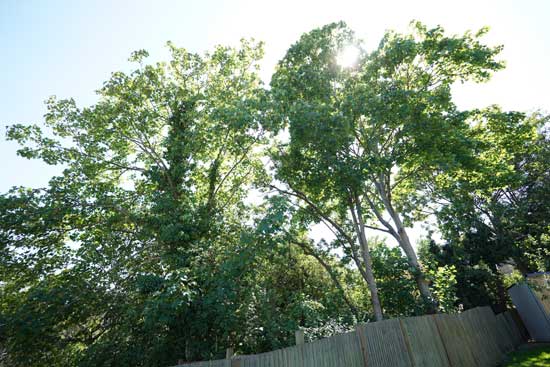
Vignetting
With the lens set to its maximum aperture of f/1.8, there is some light fall-off in the corners, requiring you to stop down by at least 3 f-stops to completely prevent it.

Distortion
The Sony E 11mm F1.8 doesn’t exhibit very much barrel distortion in JPEG files, as you can see in the photo below, thanks to in-camera lens distortion controls that are automatically applied (and which can’t actually be turned off).

JPEG
It’s a different story for the Raw file, though, which exhibits lots of barrel distortion which you’ll need to either correct in post-processing or apply a lens profile.

RAW
Sunstars and Flare
The Sony E 11mm F1.8 is capable of producing nice sunstars when stopped-down to f/16, as shown below, although the lens is somewhat susceptible to flare when shooting directly into the sun even with the supplied lens hood fitted.

Macro
The Sony E 11mm F1.8 is not really a macro lens, but it does offer a usefully close focus point of 15cm when auto-focusing and even closer 12cm when manual focusing, with a maximum magnification of 0.13x for AF and 0.20x for MF.




Bokeh
Bokeh is a word used for the out-of-focus areas of a photograph, and is usually described in qualitative terms, such as smooth / creamy / harsh etc.
Sony have paid close attention to this aspect of lens use, employing a 7-segment diaphragm with rounded blades, which combined with the fast maximum aperture allows for more pleasing bokeh.
In our view, their efforts have been fairly successful for a wide-angle prime lens – see the examples below to judge for yourself.






Sharpness
In order to show you how sharp the Sony E 11mm F1.8 lens is, we are providing 100% crops on the following page.








